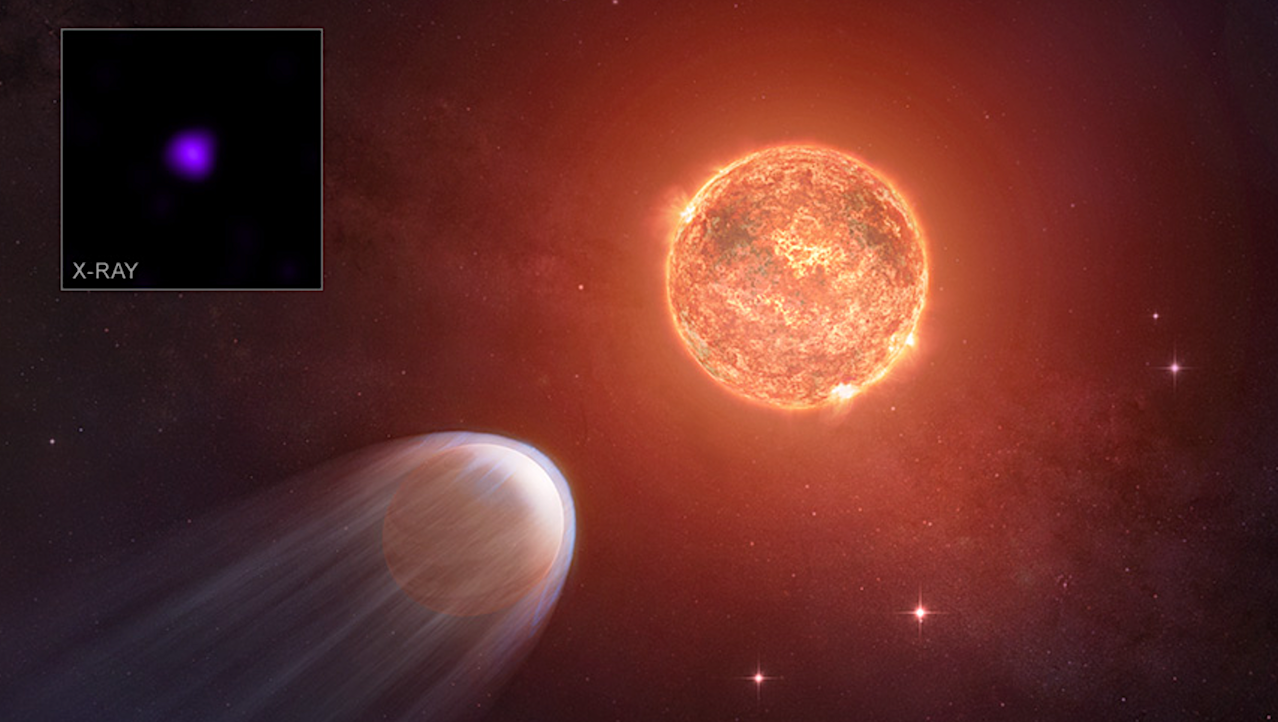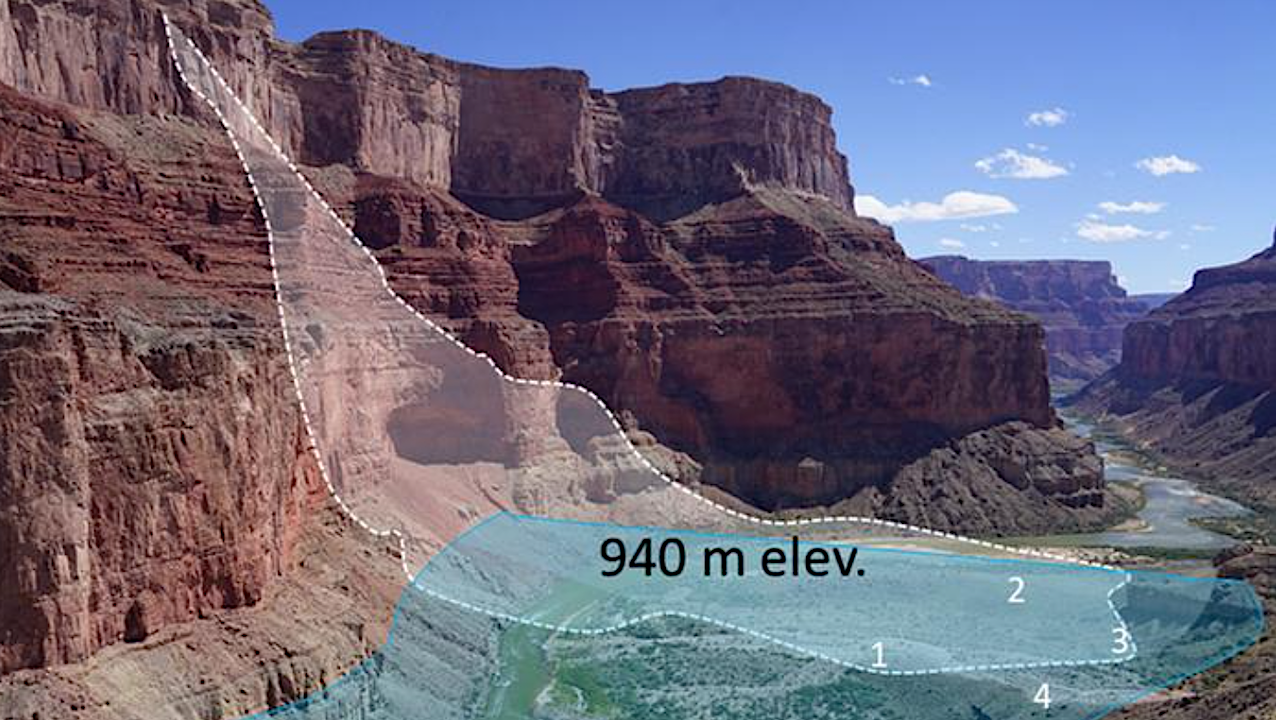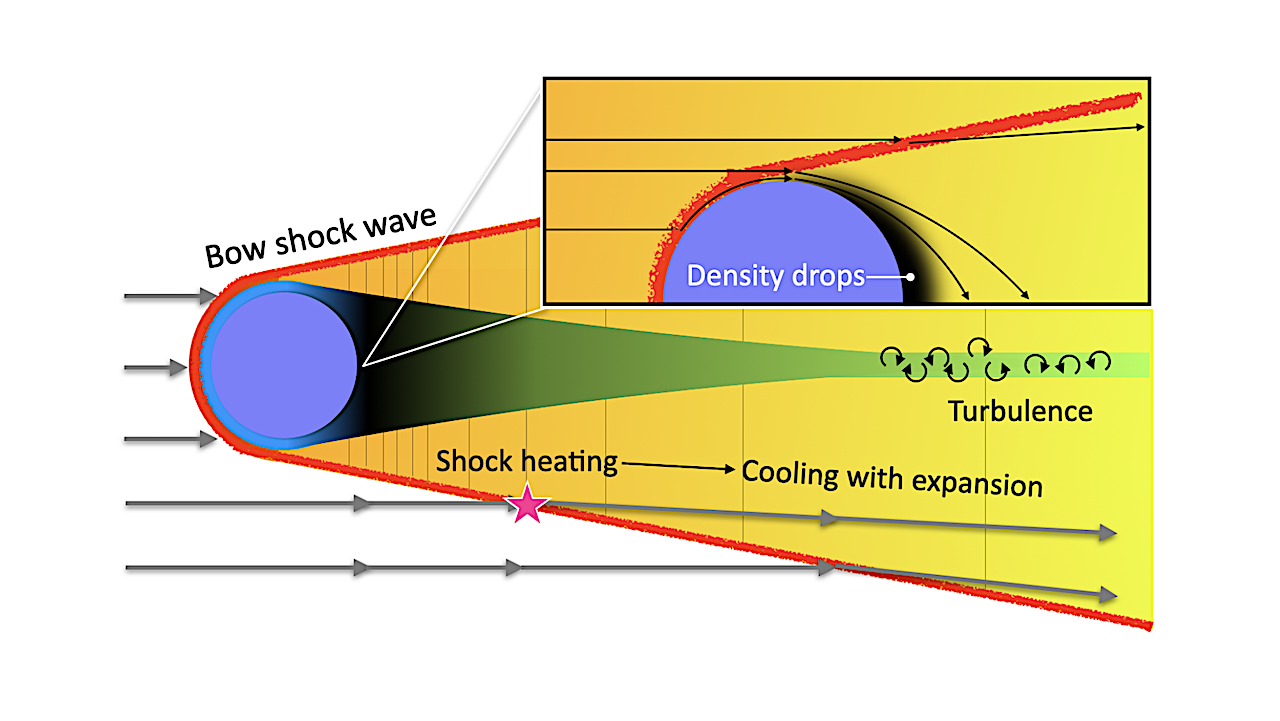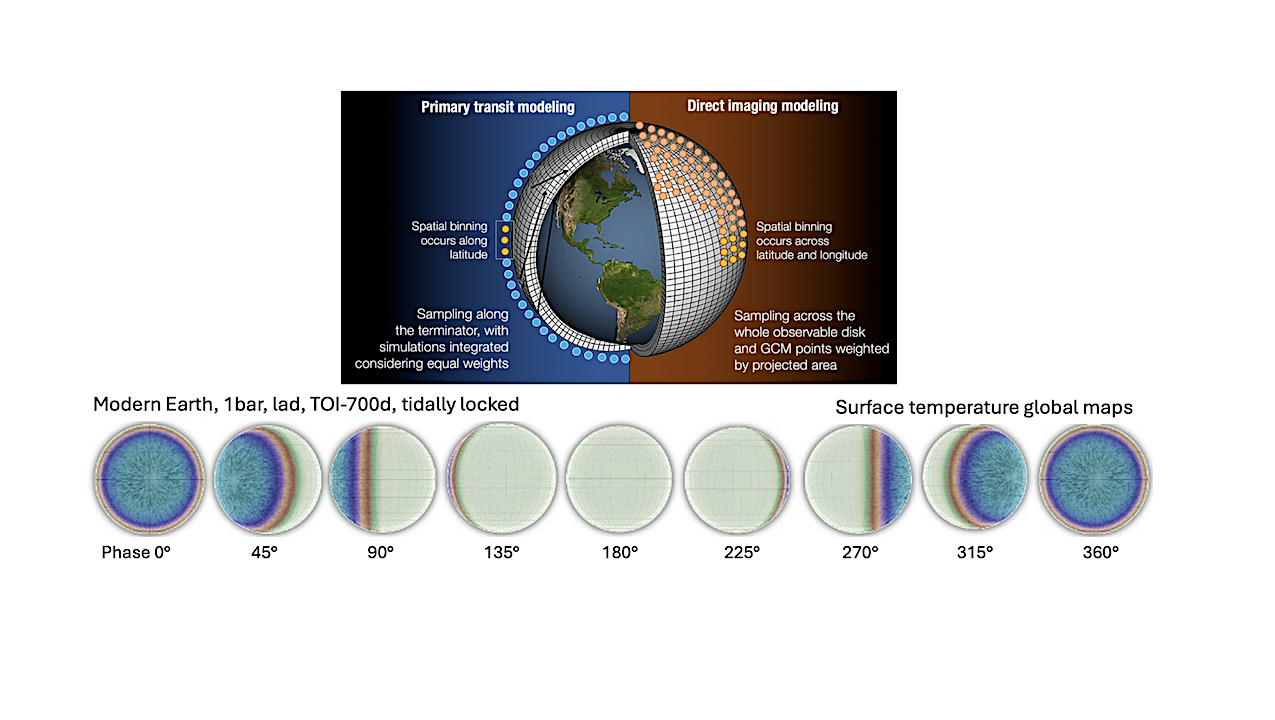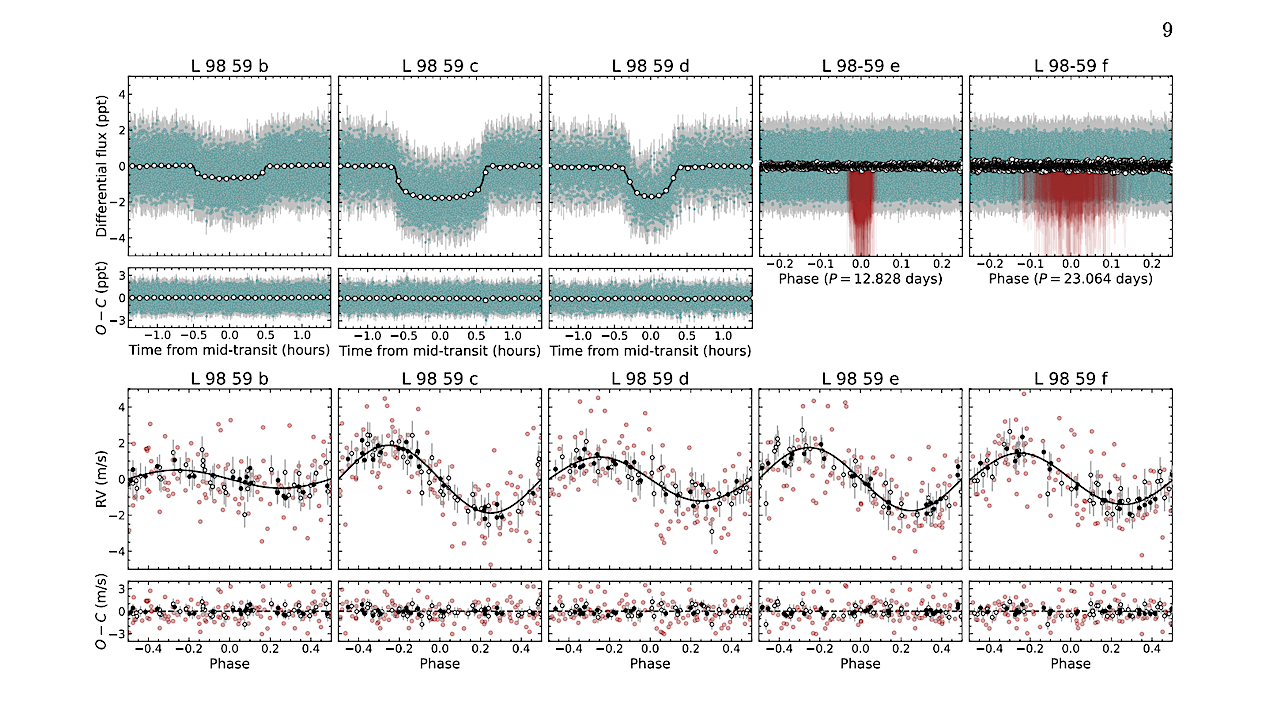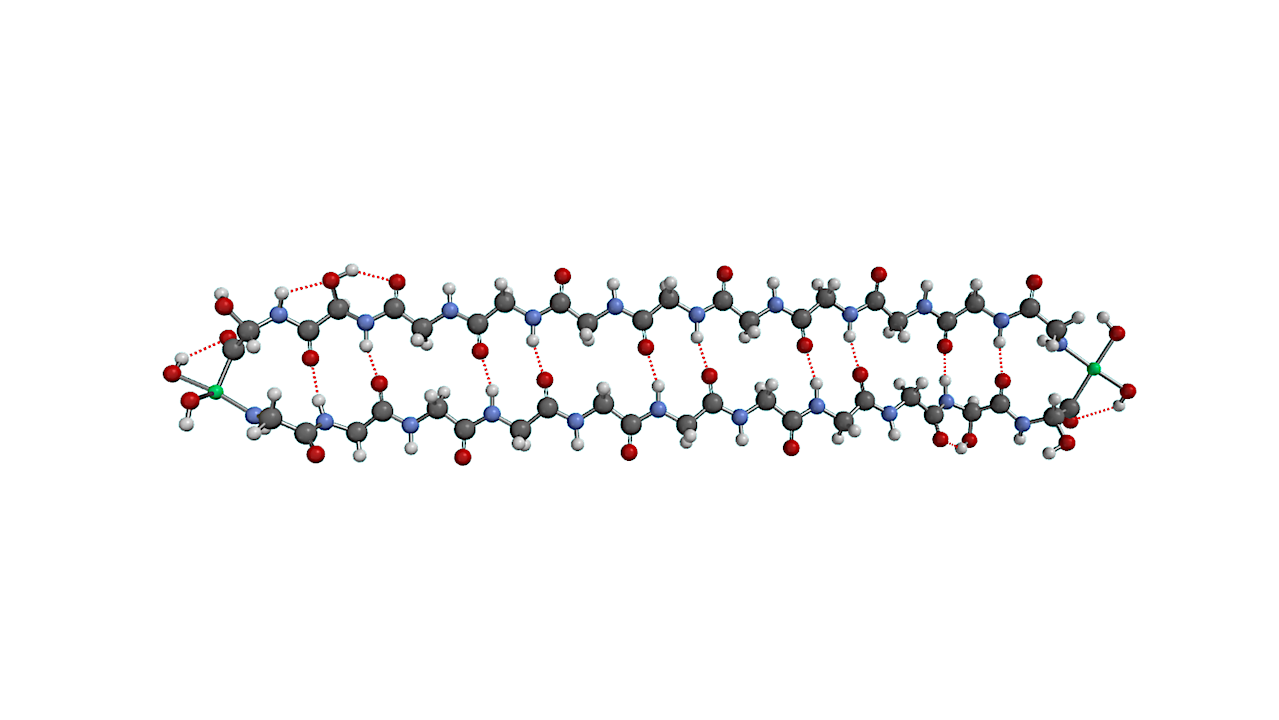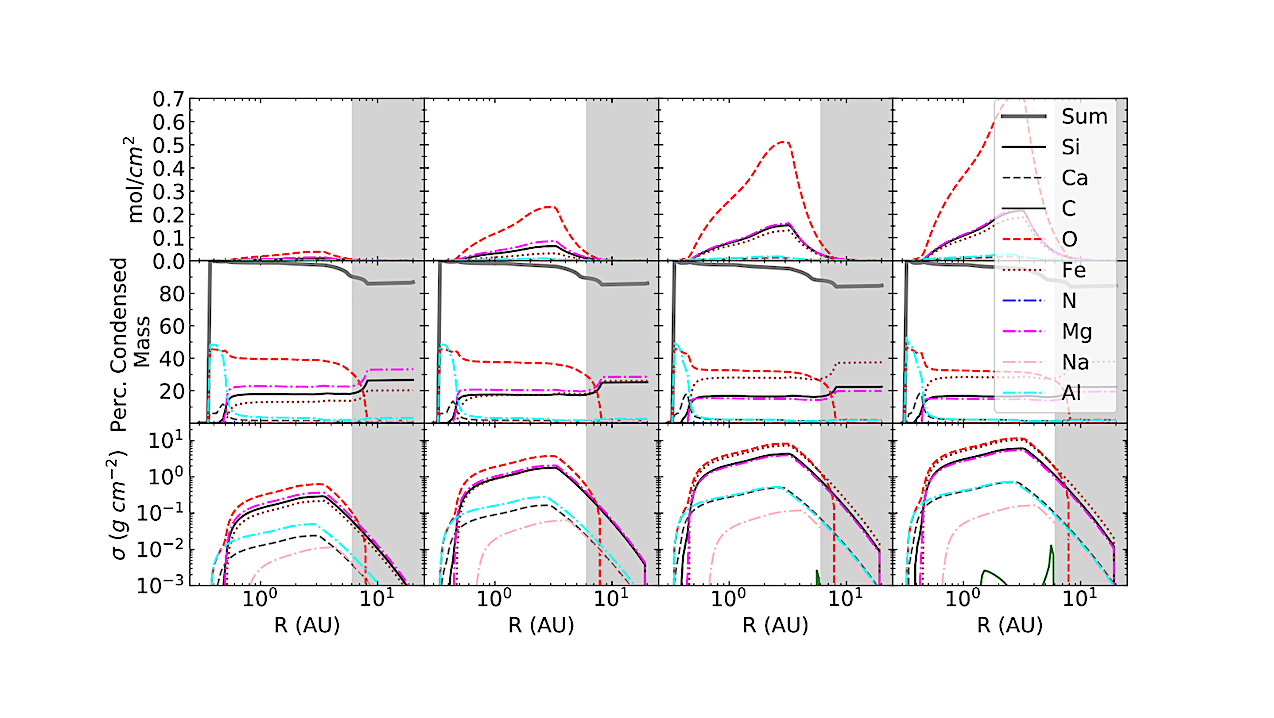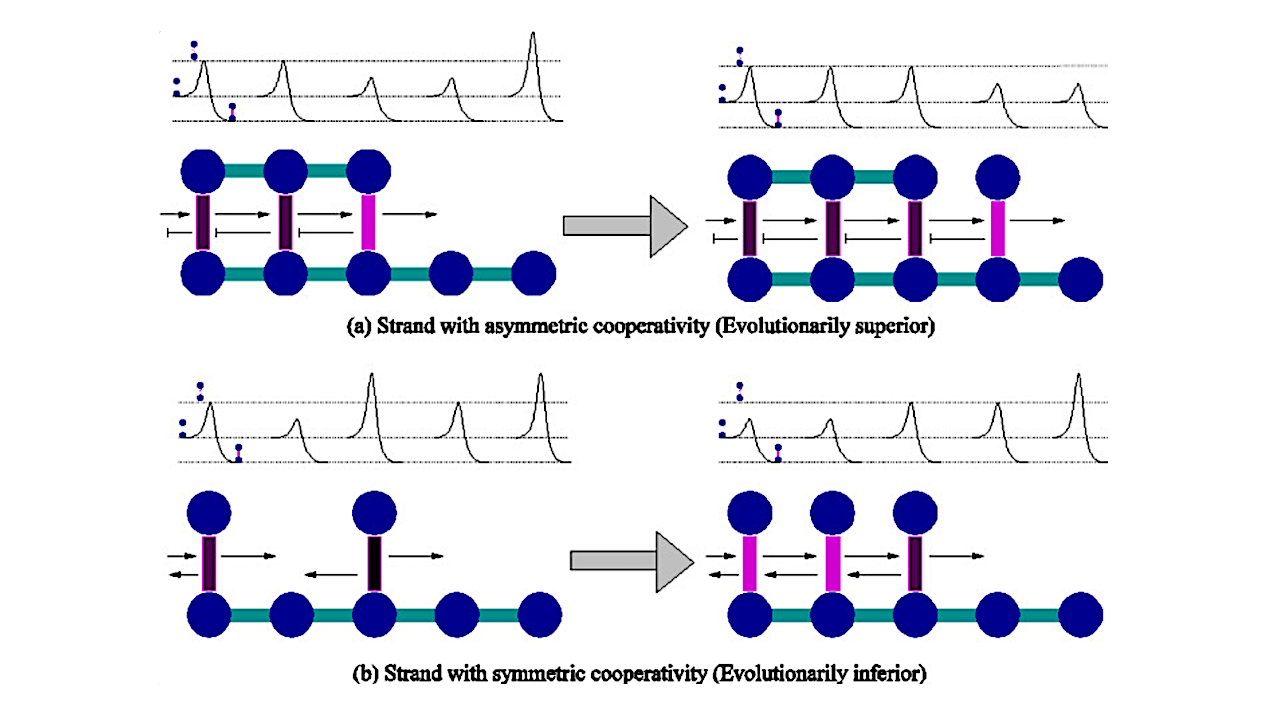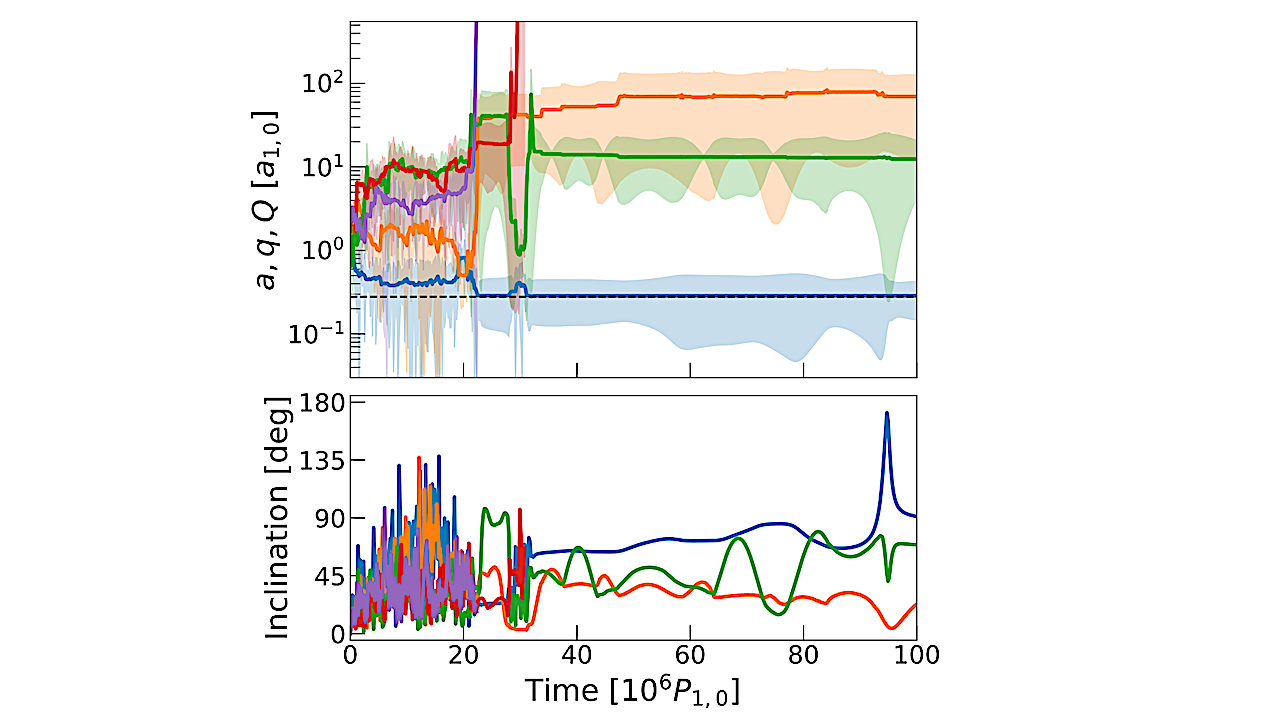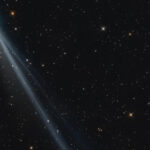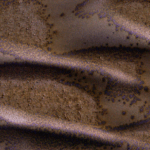The simulations showed that at -15 to -16 degrees Celsius the polysaccharides are probably the most important ice nuclei over gigantic areas of the oceans in the clean southern hemisphere.
Astrobiology68- Page
Artist’s illustration of a Jupiter-sized planet closely orbiting a faint red star. — NASA A baby planet is shrinking from the size of Jupiter with a thick atmosphere to a
Conceptualization of Nankoweap landslide that brought down large boulders of Kaibab Limestone from the cliffs at left and created a geologically short-lived paleolake in Grand Canyon. Credit Karl Karlstrom Geology
Schematic depiction of a bow shock flow. Meteoroid entry results in the bow shock wave (red line). The box illustrates stream lines around the object. Heated medium due to the
For simulated transit observations, the GlobES app performs RT calculations across the terminator and integrates the different spectra employing equal weights. For direct imaging and secondary eclipse simulations, the algorithm
Detailed Architecture Of The L 98-59 System And Confirmation Of A Fifth Planet In The Habitable Zone
Family portrait of the five planets in the L 98-59 system showing their transit (or absence of transit) observed by TESS in the top panels and their Doppler signature from
Core 1494Da Hemoglycin, ball and stick model. Atom labels: Hydrogen white, Carbon black, Nitrogen blue, Oxygen red, Iron green. — physics.chem-ph The empty, extensive low-density lattice topology of hemoglycin is
Astrochemistry Status Report astro-ph.EP July 16, 2025 The final solid surface density of various elements in disks around 1 M⊙ stars. Select elements are shown using three different units and
a The energy diagrams above the polymers show the heights of the kinetic barriers for bond formation/dissociation in various regions. Dark- vertical bars are hydrogen bonds with high kinetic barrier,
Example evolution of an unstable system with 5 one-Neptune-mass planets. Top: the semi-major axes of individual planets are plotted as solid lines. Orbits’ radial extents between pericenter and apocenter are
-
 012024 in Review: Highlights from NASA in Silicon Valley
012024 in Review: Highlights from NASA in Silicon Valley -
 02Panasonic Leica Summilux DG 15mm f/1.7 ASPH review
02Panasonic Leica Summilux DG 15mm f/1.7 ASPH review -
 03How New NASA, India Earth Satellite NISAR Will See Earth
03How New NASA, India Earth Satellite NISAR Will See Earth -
 04And Thus Begins A New Year For Life On Earth
04And Thus Begins A New Year For Life On Earth -
 05Astronomy Activation Ambassadors: A New Era
05Astronomy Activation Ambassadors: A New Era -
06SpaceX launch surge helps set new global launch record in 2024
-
 07Space Force plans new ‘Futures Command’ amid pressure to speed up modernization
07Space Force plans new ‘Futures Command’ amid pressure to speed up modernization



